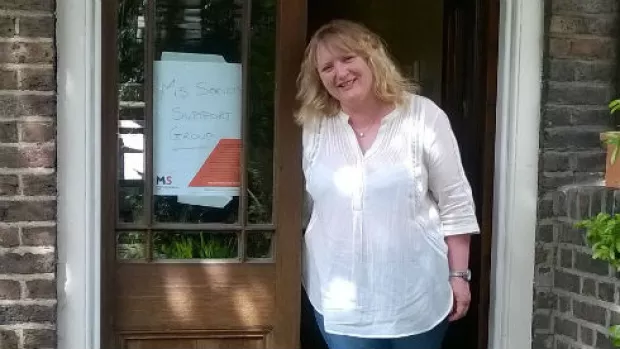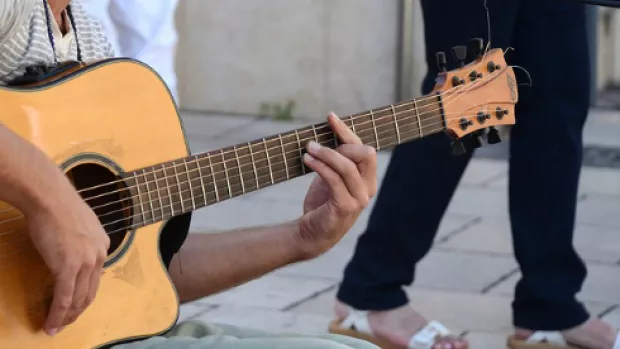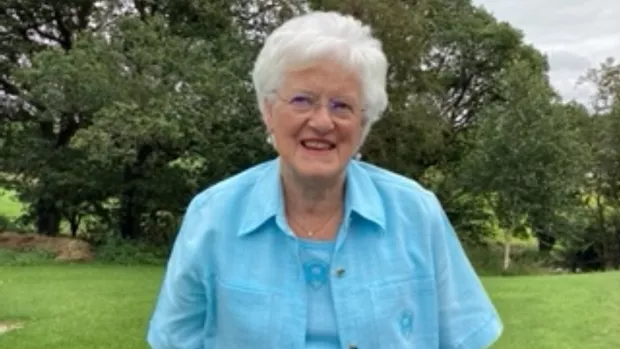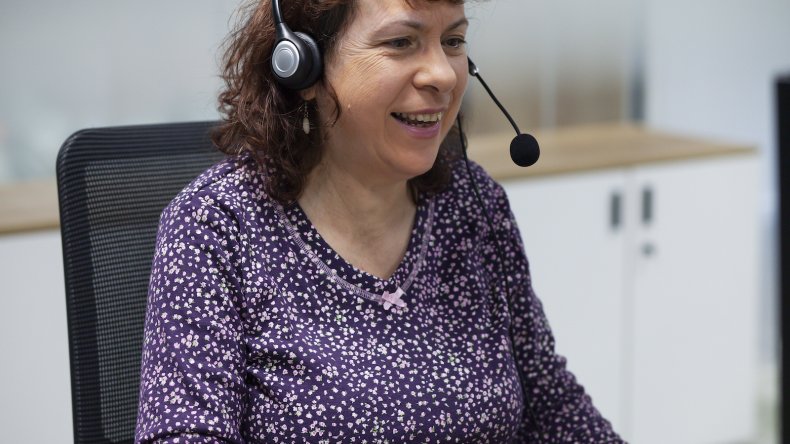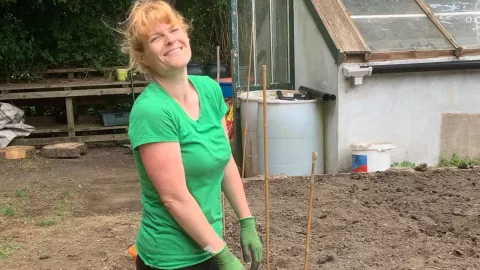
Gardening with MS
When I was ten years old, inspired by the green fingered women in my family, I planted my first garden with herbs. Learning about 'useful' plants at a formative age launched a lifelong obsession with growing.
Gardening gives me relief from pain and anxiety
I began what would be a decade-long career as landscape photographer, in my mid-twenties. I loved the work, but the physical demands became too much as my health situation worsened. I had chronic and widespread pain due to Fibromyalgia, which was followed up by a diagnosis of relapsing remitting MS.
After returning from yet another gruelling photography trip about ten years ago, I realised that being in my garden was the one thing that brought relief from my pain and anxiety. There’s something about the coordination between brain and hands needed for gardening, even when my body is slow and my limbs are clumsy. It keeps me occupied, and puts all other worries out of my mind.
Horticultural therapy
Working with plants and spending time in nature stimulates the parasympathetic nervous system, lowering stress levels and promoting the 'rest and digest' response. This calming effect explains the success of horticultural therapy as for physical and mental wellbeing. Community gardening is now one of the key activities recommended within the 'social prescriptions' given out by GPs.
My 'coming to my senses' led me to study for an MA in Landscape Architecture at the University of Sheffield. Although my fluctuating pain and fatigue levels prevented me from going into professional practice, I now use my training to inspire others to grow. My days are divided between teaching gardening and plant photography courses and volunteering on local growing projects.
Small achievements to boost mood
Gardening is forgiving, if you want it to be. My garden is not about achieving perfection – no manicured lawn for me - instead it is a positive partnership between me and nature. My approach is low maintenance: pack in plenty of plants, including many wildflowers, and the weeds struggle to get a foothold.
On challenging days simply watering the plants feels like an achievement and that small act boosts my mood. Tending my vegetables to a soundtrack of bird song and insect activity, is always time well spent. In recent weeks growing food has made more sense than ever. It’s a way of exercising personal independence in the face of current world events. Gardening connects you to the Earth and rewards you in kind.
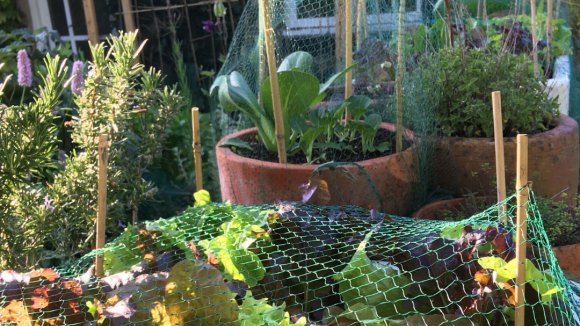
My garden is not about achieving perfection – no manicured lawn for me - instead it is a positive partnership between me and nature.Fran Halsall
What to grow:
If you're a food growing novice, or your garden is small, try salad leaves. They’re an ideal choice for raised beds and planters too. This year I sowed mixed lettuce leaves and spinach in mid-March and have been self-sufficient in both since the end of April. Spinach and lettuce can be harvested as you need them, cutting just a few leaves off each plant at a time also prolongs their growing season. Lettuces last into summer; and can even survive the winter and grow again the following spring. Spinach tends to 'bolt' or go to seed as the weather warms, however it can be sown again in late summer for overwintering before re-sprouting in spring.
I grow the buckler-leaved type sorrel, which requires no care whatsoever, overwinters well and is the first salad I pick from late March onwards. Red orach is a colourful choice requiring minimal care and is best grown in partial shade.
Requirements:
Sow seeds 1cm deep into a 5cm layer of compost (preferably laid down a month prior to sowing) and cover with netting to keep the birds out. Water a little every day.
Peas and beans
Peas and beans are a good choice, even in poor soil. You can either sow them from the beginning of May or germinate seeds in a propagator inside a greenhouse or on a sunny windowsill. Plant out seedlings in mid-May, after the final frosts, when seedlings are a few centimetres high. Choose mangetout peas as you can eat the whole pod (no fiddly shelling required).
Requirements:
A bed with a minimum area of 1 square metre and around 2.5 metres of vertical space for cane supports. Pea and bean seeds should be soaked for at least 8 hours before they are sowed 4cm deep.
Fran currently teaches Gardening and Photography via Zoom video calls. You can visit her website at www.naturallyfocused.co.uk and follow her on Instagram @greenfingered_fran

